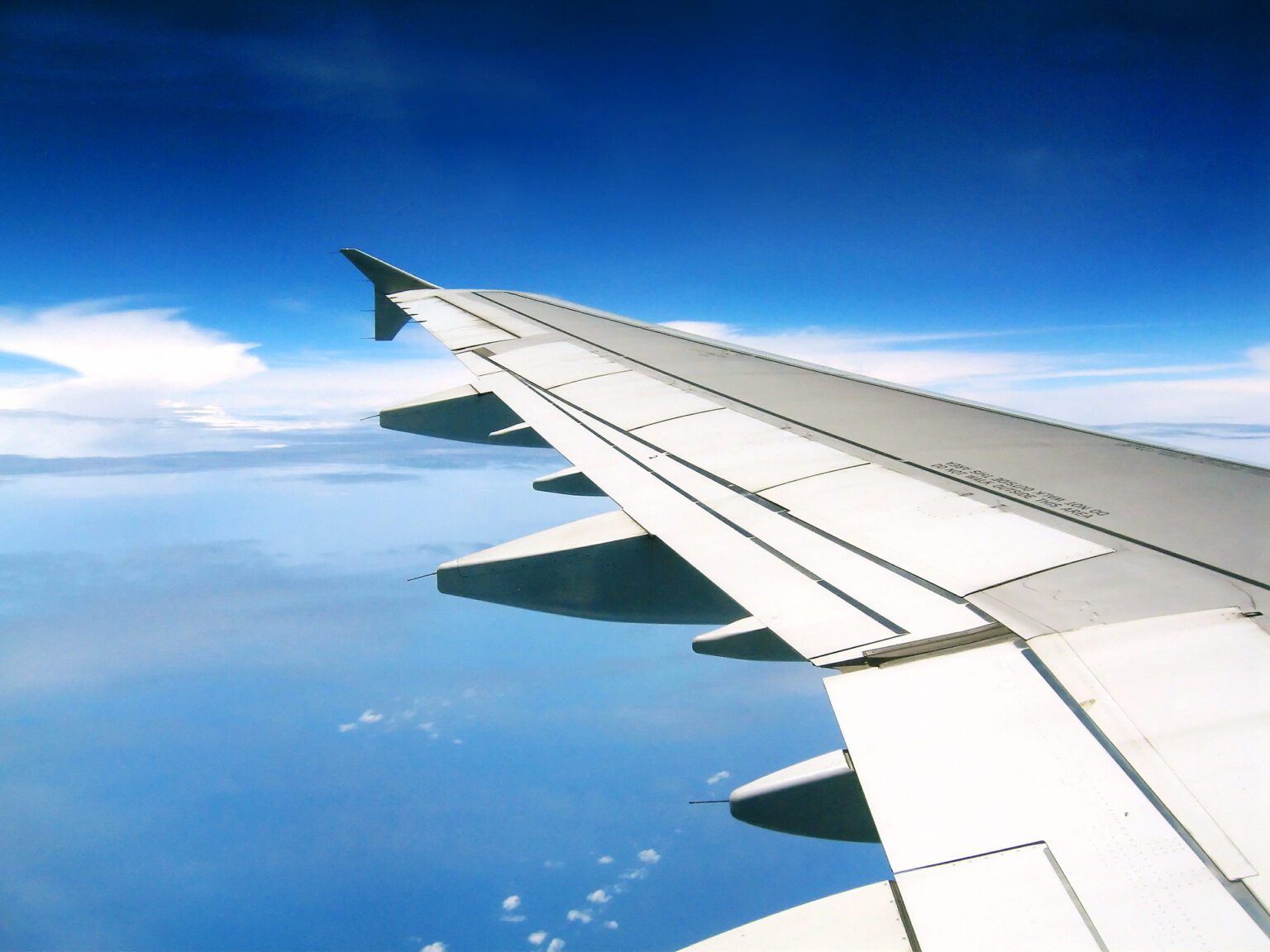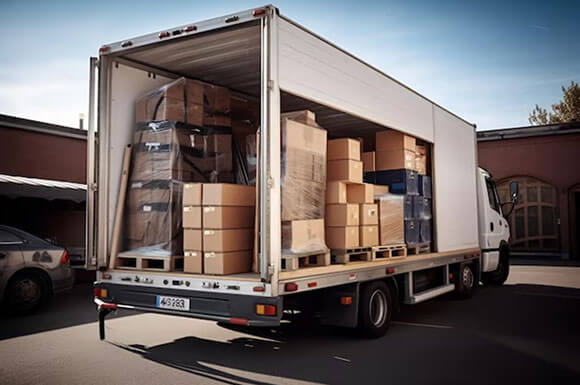Understanding shipping rates from China to Philippines is essential for importers who want to control costs, avoid delays, and ensure goods reach their destination safely. Many businesses struggle with fluctuating rates, customs fees, and different freight methods. This guide provides cost comparisons, transit times, required documents, and real case studies to help you optimize logistics.
What Are the Main Shipping Methods from China to the Philippines?
Importers can choose from several transport modes. Each has unique benefits and limitations.

Air Freight
Fastest method: 3–7 days.
Suitable for high-value or time-sensitive cargo.
Costs calculated per kilogram, often higher than sea freight.

Sea Freight
Most cost-effective for bulk cargo.
Transit time: 15–30 days depending on port.
Two types: FCL (Full Container Load) and LCL (Less than Container Load).

Courier Services
Door-to-door services from companies like DHL, FedEx, and UPS.
Convenient for small packages and e-commerce.
Rates higher per kilogram compared to bulk sea freight.
How Much Are the Shipping Rates from China to Philippines?
| Mode | Cost Estimate | Transit Time | Best For |
|---|---|---|---|
| Air Freight | $5 – $9 per kg | 3 – 7 days | Urgent, small shipments |
| Sea Freight | FCL 20ft: $1,100 – $1,600 FCL 40ft: $1,900 – $2,800 LCL: $80 – $120 per CBM | 15 – 30 days | Bulk goods, larger volumes |
| Courier | $7 – $12 per kg | 4 – 6 days | E-commerce, samples, documents |
What Factors Affect Shipping Costs?
- Cargo Volume and Weight: Air cargo charges by chargeable weight, while sea cargo uses CBM.
- Port Fees: Manila, Cebu, and Davao ports have different handling costs.
- Seasonality: Costs increase during peak seasons like Chinese New Year.
- Customs Duties and VAT: The Philippines applies import duties and 12% VAT.
- Fuel Surcharges: Fluctuating fuel prices impact air and sea freight rates.
How Long Does Shipping from China to Philippines Take?
| Route Example | Air Freight | Sea Freight | Courier |
|---|---|---|---|
| Shenzhen → Manila | 4 days | 16 days | 5 days |
| Shanghai → Cebu | 5 days | 18 days | 5 days |
| Guangzhou → Davao | 3 days | 15 days | 4 days |
What Customs Documents Are Required?
| Document | Purpose |
|---|---|
| Commercial Invoice | Declares goods’ value for customs duties |
| Packing List | Provides details about goods shipped |
| Bill of Lading (B/L) | Confirms carrier receipt of cargo |
| Certificate of Origin | Confirms product origin for tariff rates |
| Import Declaration | Filed with Philippine customs for clearance |
Real Case Studies of China–Philippines Shipping
Case 1: Shenzhen → Manila (Sea Freight FCL)
- Cargo: 40ft container of electronics (18 tons)
- Cost: $2,400
- Transit Time: 18 days
- Outcome: Successful clearance, reduced costs by consolidating multiple suppliers.
Case 2: Guangzhou → Cebu (Air Freight)
- Cargo: 300 kg of medical equipment
- Cost: $2,100
- Transit Time: 4 days
- Outcome: Urgent delivery completed ahead of hospital launch deadline.
Air Freight vs Sea Freight vs Courier
| Mode | Advantages | Disadvantages |
|---|---|---|
| Air Freight | Fast, secure, suitable for urgent cargo | Expensive, weight restrictions |
| Sea Freight | Low cost for large shipments, flexible | Slow, port congestion risks |
| Courier | Door-to-door, convenient, reliable | High per-kg rates, limited size |

How to Save on Shipping Rates from China to Philippines?
- Consolidate LCL shipments into FCL to reduce unit costs.
- Book early to avoid peak season surcharges.
- Compare shipping agents for better quotes.
- Use bonded warehouses to minimize customs delays.
- Negotiate contracts for long-term shipping.
Why Work with Professional Shipping Agents?
- Expertise: Avoid customs issues with experienced guidance.
- Network: Agents have carrier relationships for better rates.
- Efficiency: Simplify end-to-end logistics with one point of contact.
- Reliability: Reduce risks with insured and tracked shipments.
Conclusion
To summarize, shipping rates from China to Philippines depend on factors like freight mode, cargo size, customs fees, and seasonal demand. Sea freight is cost-effective for bulk goods, while air and courier services provide speed and convenience. By working with professional agents, consolidating shipments, and planning ahead, importers can reduce costs, ensure timely delivery, and maintain smooth supply chains.
- Consult TJ China Freight Forwarding for the lowest quote. They will provide you with reliable, cost-effective service.
FAQs
Q1.What is the cheapest way to ship from China to Philippines?
Sea freight in full containers is the cheapest method, offering low per-unit costs for large shipments.
Q2.How much does air freight cost from China to Philippines?
Air freight costs typically range between $5 and $9 per kilogram, depending on weight, airline, and service level.
Q3.Can courier services handle customs clearance?
Yes, courier DDP services include customs clearance, making them ideal for e-commerce and small shipments.
Q4.What is the average transit time for sea freight?
Sea freight typically takes between 15 and 30 days from major Chinese ports to Philippine destinations.
Q5.Are shipping rates from China to Philippines affected by seasonality?
Yes, costs rise during peak seasons such as Chinese New Year and holiday shopping months.

